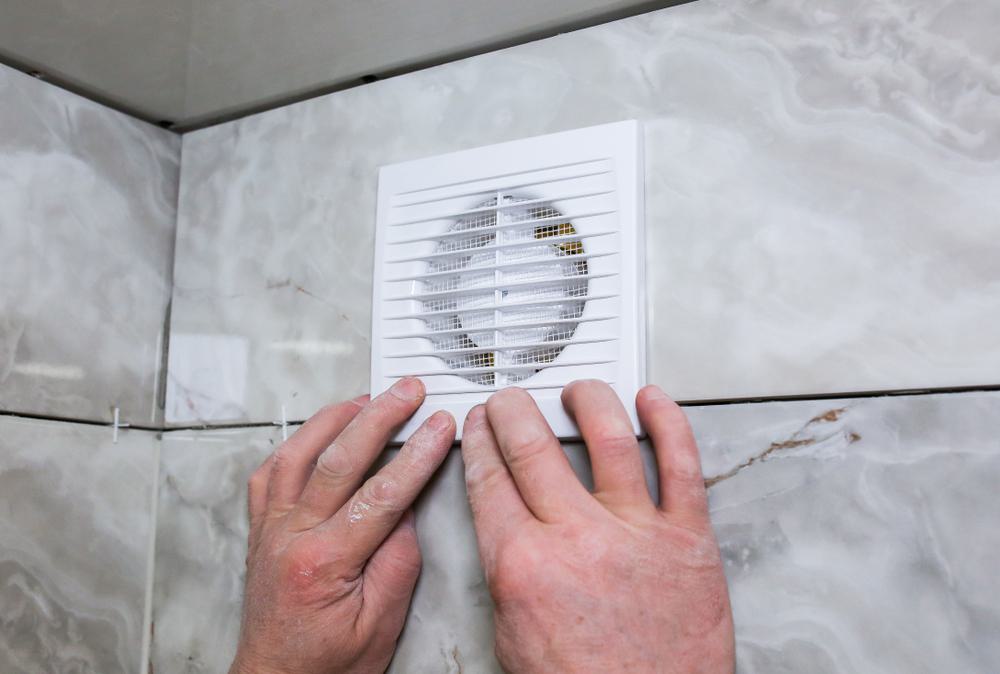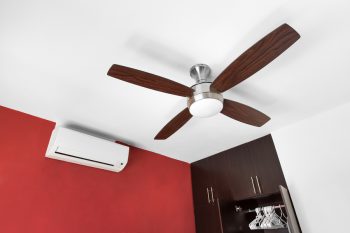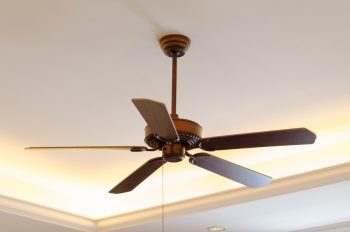
A basement bathroom is a great addition to any home, but it comes with its own set of challenges, one of which is proper ventilation. In this comprehensive guide, we’ll take you through the process of how to vent a basement bathroom fan effectively, ensuring a healthy and moisture-free environment for your basement bathroom.
To vent a basement bathroom fan, first choose a fan with the correct CFM rating for your bathroom size. Plan a direct route from the fan to the outside of your home, then install the fan in the bathroom ceiling and connect it to the vent hood pipe stub using a 4-inch galvanized sheet metal duct. Install the vent hood in the exterior wall, roof, or soffit, ensuring it’s sealed against water penetration. Finally, test the fan to ensure proper airflow and make necessary adjustments.
Why Vent a Basement Bathroom Fan?
Before we dive into the how, let’s understand the why. Venting a bathroom fan is crucial to remove excess moisture and odors, improving air quality, and preventing mold and mildew growth. Ventilation is even more critical for basement bathrooms since basements are often more prone to humidity and moisture build-up.
Choosing the Right Fan
The first step is to choose the right fan. You need a fan with the correct cubic feet per minute (CFM) rating for the size of your bathroom. The minimum exhaust capacity required is 50 CFM for intermittent use or 20 CFM for continuous use.
Planning the Venting Route
Next, plan the most direct route from the fan to the outside of your home. This could be through the attic, sidewall, or soffit. The shorter and straighter the duct run, the more efficient your system will be.
Installing the Fan
Cut a hole in the bathroom ceiling for the fan intake port and secure the fan to the ceiling joists or framing using screws or brackets. Make sure it’s properly connected to the electrical supply.
Connecting the Duct
Use 4-inch galvanized sheet metal ducting to connect the exhaust fan to the vent hood pipe stub. Secure and seal all connections with duct tape or metal foil tape.
Installing the Vent Hood
Cut a hole in the exterior wall, roof, or soffit and install the vent hood. Ensure it’s properly sealed against water penetration.
Testing the Fan
Finally, turn on the fan and check for proper airflow at the vent hood. Make any necessary adjustments to ensure the fan is operating effectively.
Common Problems and Solutions
While venting a basement bathroom fan, you might encounter problems like insufficient airflow, condensation in the duct, or improper venting. These issues can be resolved by checking the duct for blockages, insulating the ventilation pipe, venting the fan to the exterior of the house, and cleaning and maintaining the fan and ducts regularly.
Safety Measures
Safety should always be your top priority. Always vent to the exterior, use the correct fan capacity, avoid flexible ducts, comply with local building codes, consider hiring a professional, and regularly clean and maintain your fan and ducts.
Conclusion
Venting a basement bathroom fan may seem like a daunting task, but with the right tools and guidance, it’s a project you can tackle with confidence. Be sure to follow all local building codes and consult with a professional if you’re unsure about any part of the process. With proper ventilation, your basement bathroom will be a comfortable and healthy space for years to come.
Frequently Asked Questions
What is a CFM rating?
CFM stands for Cubic Feet per Minute. It’s a measure of the volume of air that a fan can move in one minute. The higher the CFM, the more air it moves.
What kind of problems can arise if I do not vent my basement bathroom fan to the exterior?
If you do not vent your basement bathroom fan to the exterior, the moisture-laden air will be expelled into other parts of your house, potentially leading to issues like mold growth, structural damage, and poor indoor air quality.
Can I use PVC pipe for venting the bathroom fan?
While PVC pipe is commonly used for plumbing applications, it’s not typically recommended for venting a bathroom fan. This is because the heat generated by the fan can cause the PVC pipe to warp or melt over time. Instead, metal ducting is usually recommended.
Can I vent my bathroom fan into the attic?
Venting a bathroom fan into the attic is not recommended. This is because the moist air from the bathroom can cause condensation in the attic, leading to mold growth and potential structural damage. It is always best to vent the bathroom fan directly to the outside.
How often should I clean my bathroom fan and ducts?
It’s recommended to clean your bathroom fan and ducts at least once a year to ensure optimal performance and longevity. If your bathroom is heavily used, you may need to clean it more frequently.











